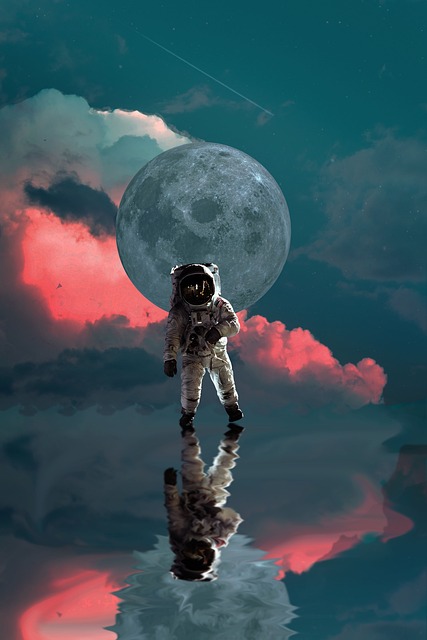No matter how hard you try, you will never be able to comprehend how tiny and sparse a proton is in space. It is simply much too little. An atom's proton is an incredibly small component, and an atom is by definition an insubstantial object.
Because protons are so tiny, a tiny dot of ink, like the one on this page, can hold more than 500,000,000,000 of them more than the number of seconds in 500,000 years. Therefore, protons are incredibly tiny, to put it mildly.
Imagine, if you can, shrinking one of those protons to a billionth of its regular size and fitting it into a place so tiny that it would make a proton appear vast. Of course, you can't. Now cram around an ounce of material into that minuscule space. Excellent. To create a universe, you are prepared.
Naturally, I'm assuming that you want to create an inflationary world. You will require additional elements if you choose to create a more traditional, Big Bang universe. In fact, you will need to gather up every single mole and particle of matter that exists between this point and the edge of creation and compact it into a space that is so small and round that it has no dimensions.
In any scenario, be prepared for a huge bang. Naturally, you'll want to retire to a secure location to take in the show. Unfortunately, there is nowhere to retire because there is nothing outside the singularity. The universe won't start to grow in order to enlarge an existing gap when it does so. The space it makes as it moves is the only space that actually exists.
The tendency to picture the singularity as a kind of pregnant dot hanging in a pitch-black, infinite space is understandable, but incorrect. But there is neither a vacuum nor a gloomy place. There is nothing "around" the singularity. There is nowhere for it to be and nowhere for it to occupy.
Thank you for reading my post...
